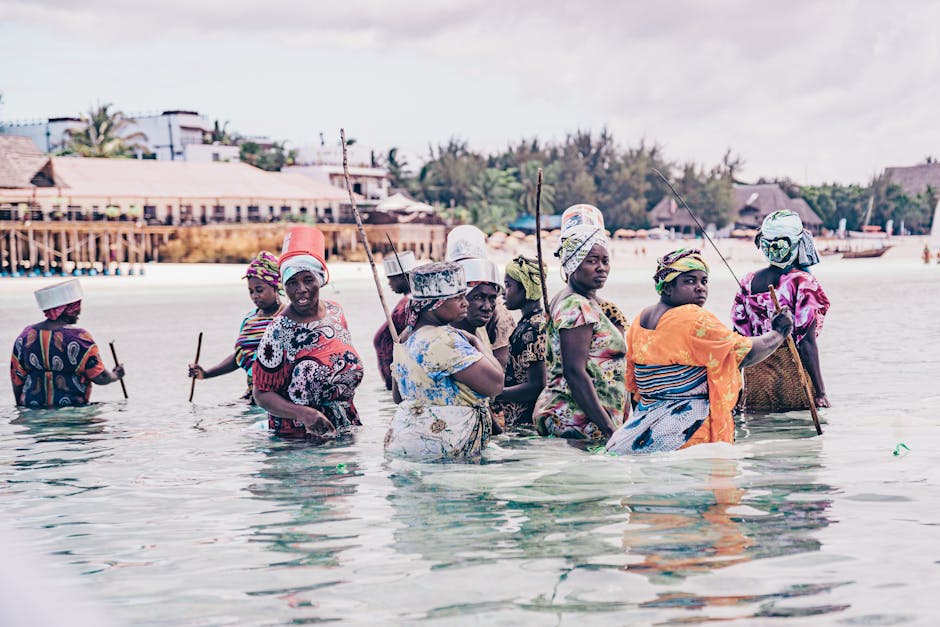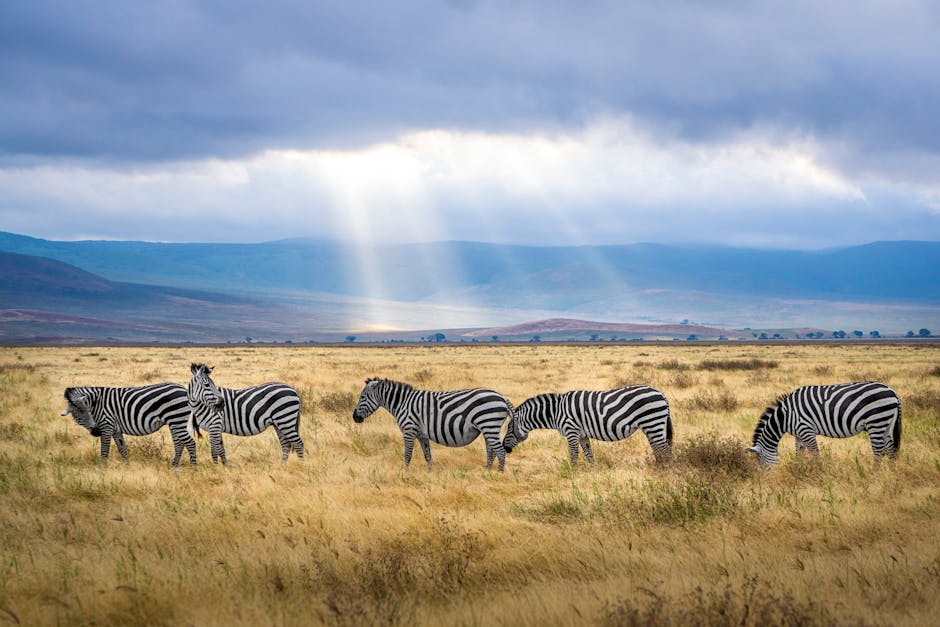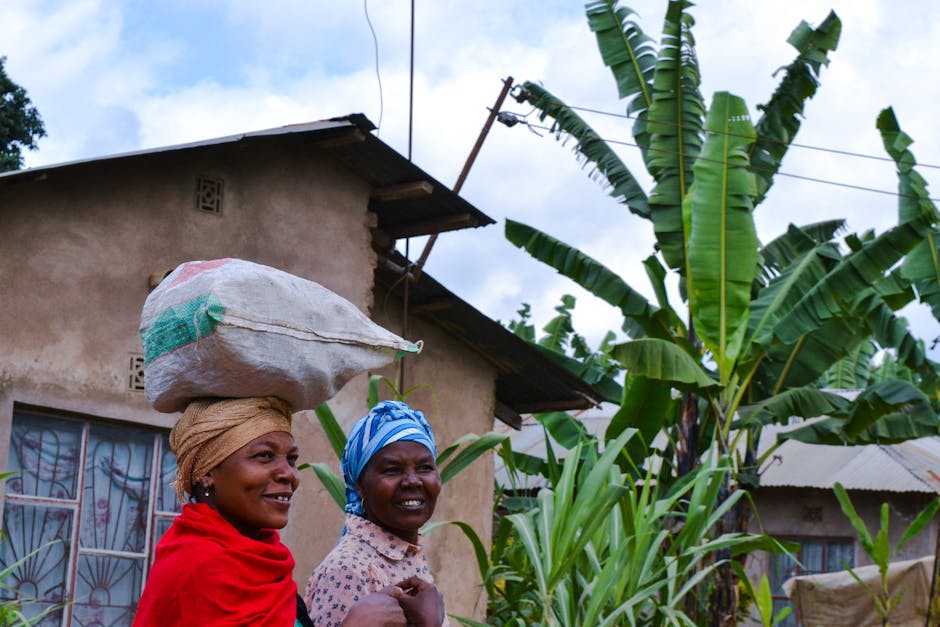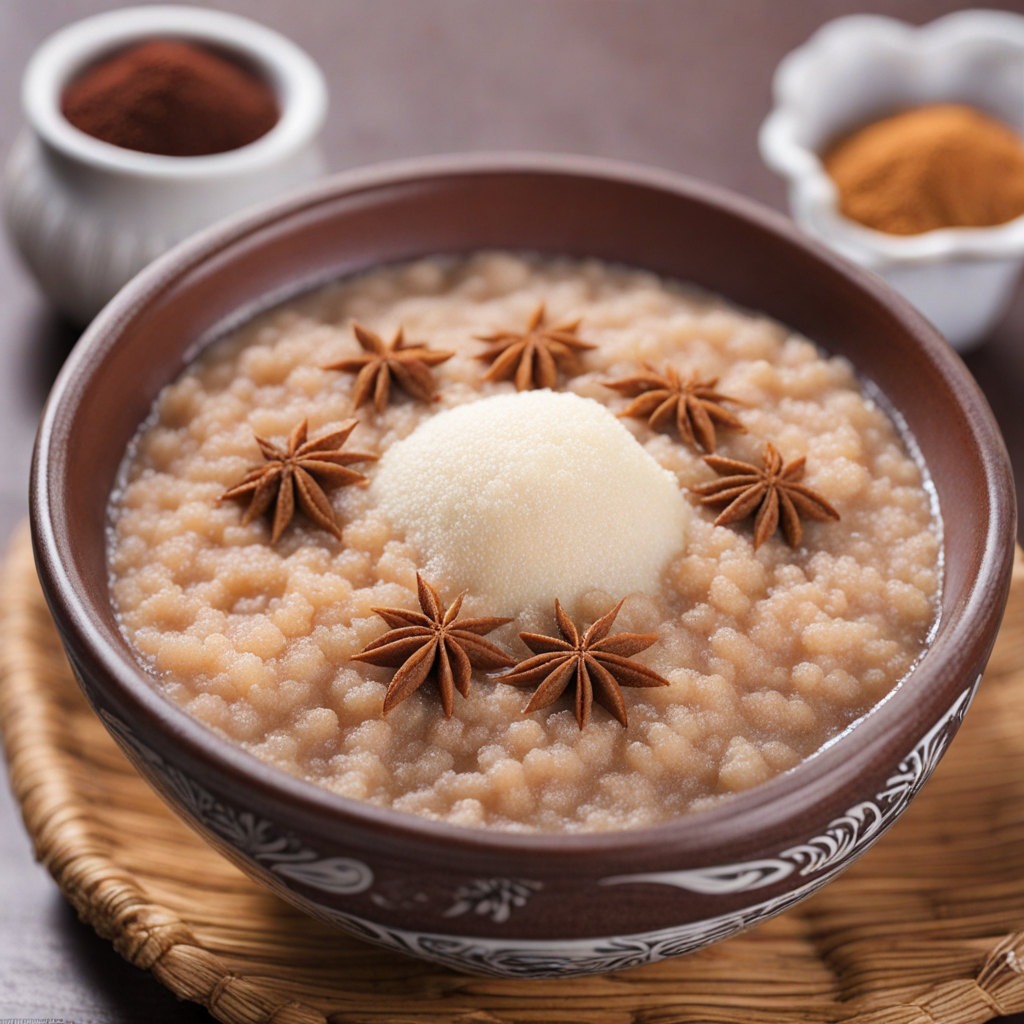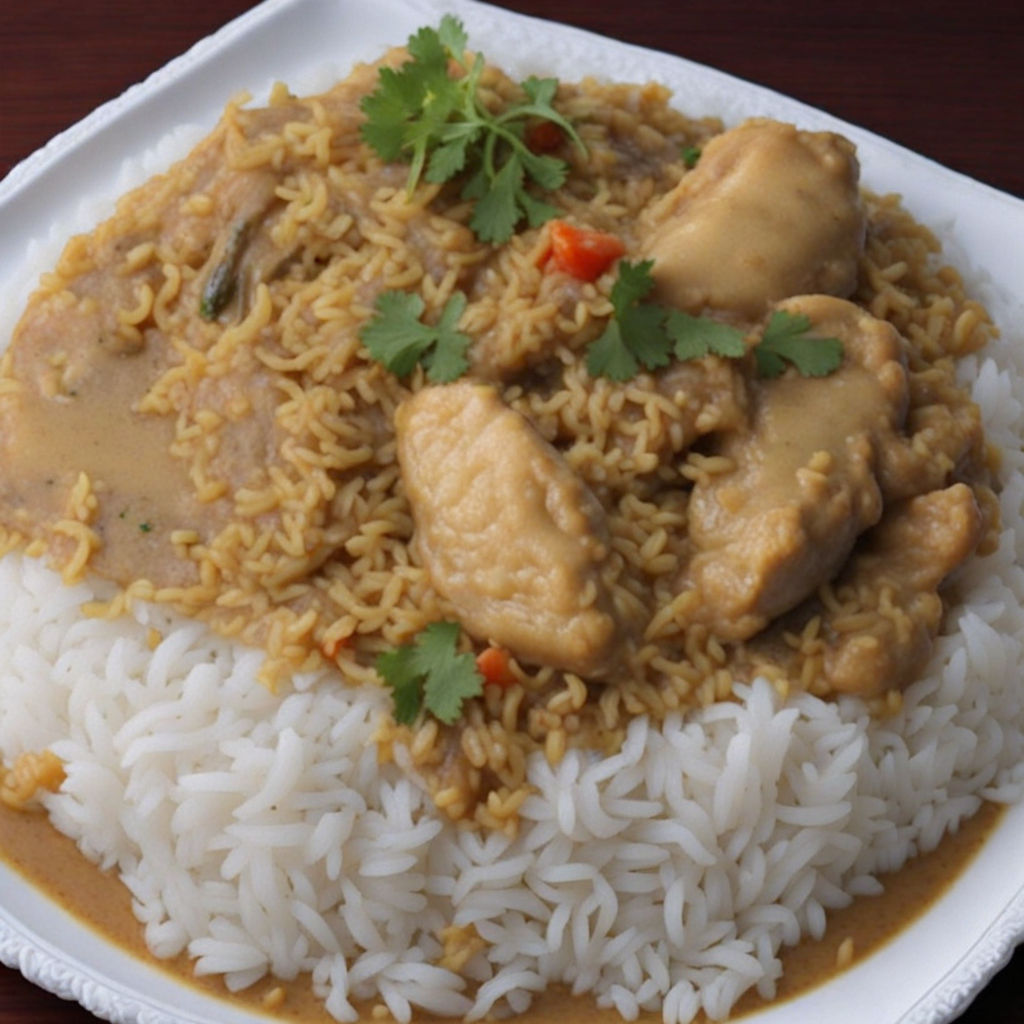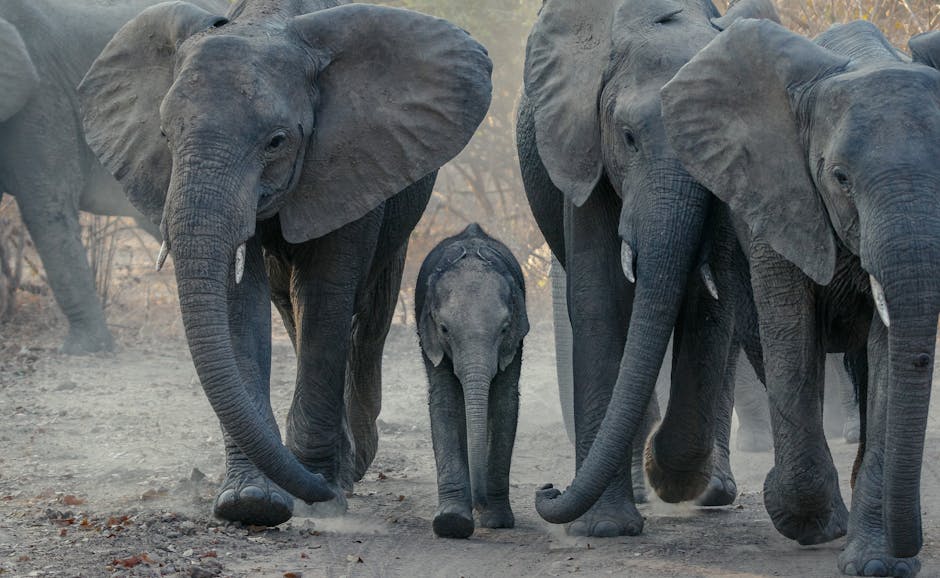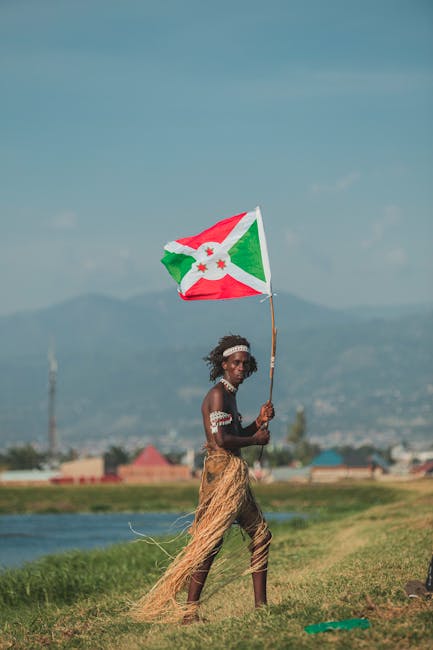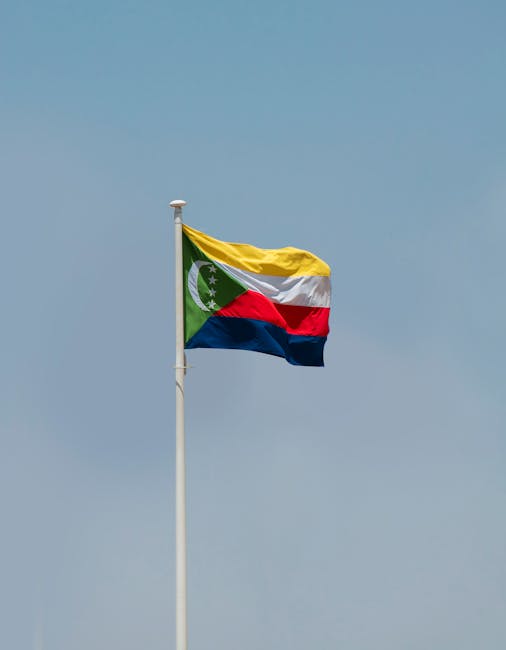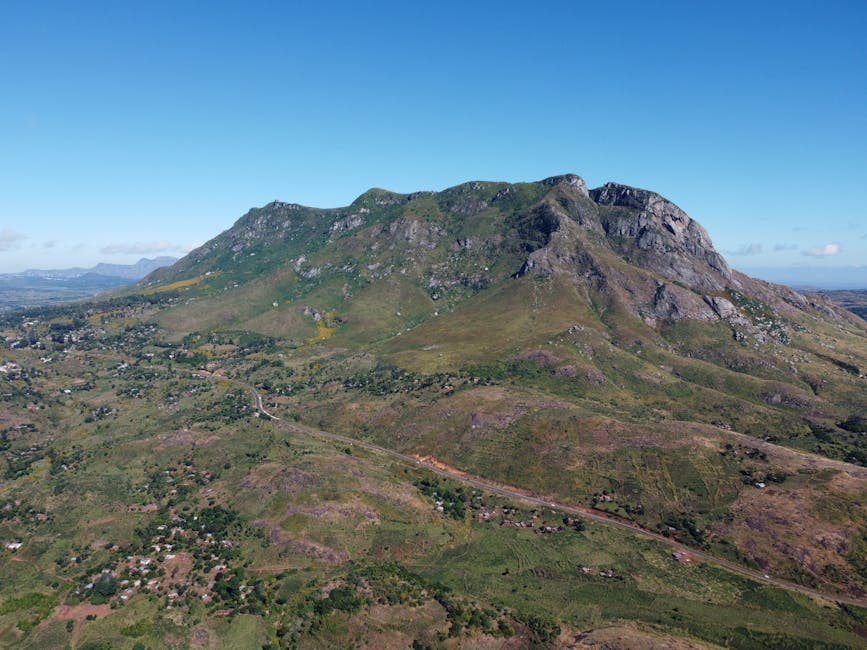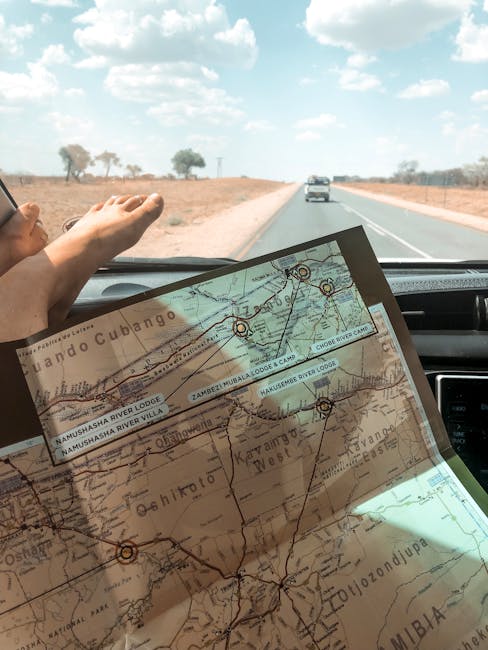Tanzania
Overview
Overview of Tanzania:
Tanzania, located in East Africa, is a country rich in culture, wildlife, and stunning landscapes. It is the home of Africa's highest mountain, Mount Kilimanjaro, and the world-famous Serengeti National Park. The Tanzanian culture is a harmonious blend of over 120 ethnic groups, each with its unique traditions and languages, but united by Swahili, the national language, and English. The country's unique culture is also reflected in its vibrant music, dance, art, and cuisine. Tanzania offers an authentic African experience characterized by warm hospitality, fascinating tribal cultures, and breathtaking natural beauty.
Tourism and Activities:
The high season for tourism in Tanzania is during the dry months of June to October, when wildlife viewing is at its best. The weather during this time is cooler and drier, making it the perfect time for a safari. The annual Great Migration, where millions of wildebeests, zebras, and gazelles traverse the Serengeti plains, is a spectacle not to be missed and typically occurs between June and July. Another popular activity during this season is climbing Mount Kilimanjaro. However, Tanzania is not just about safaris and mountains; the country also boasts beautiful beaches, especially in Zanzibar, which offers excellent snorkeling and diving opportunities. Cultural tourism programs, city tours in Dar es Salaam, and visits to historical sites like the Olduvai Gorge are other activities that teenagers can engage in.
Preparation for the Trip:
Before visiting Tanzania, it's essential to ensure your travel documents, including passports and visas, are in order. A visa can be obtained before travel from a Tanzanian embassy or on arrival. Travel insurance is also recommended. Vaccinations for diseases such as yellow fever, typhoid, and hepatitis A are typically required or recommended, so it's best to check with a travel clinic or your doctor several weeks before travel. Also, ensure you pack appropriate clothing; lightweight, breathable clothing for the hot weather, but also warmer layers for cooler nights, especially if you're planning to climb Mount Kilimanjaro. Lastly, don't forget essentials like a good quality insect repellent, sunscreen, and a sturdy pair of walking shoes. Always remember to respect local customs and traditions, and learn a few basic phrases in Swahili - it will go a long way in enhancing your Tanzanian experience.
A Glimpse into the Past
Tanzania, located in East Africa, is a country rich in history, culture, and natural beauty, making it a significant destination for travelers. Its history can be traced back to ancient times, with archaeological evidence indicating human habitation for over two million years. The region was home to various indigenous tribes, including the Hadza and the Maasai, who still maintain their traditional lifestyles today.
The Swahili Coast, a key area in Tanzania's history, became a vibrant hub of trade between the 10th and 15th centuries. Zanzibar, an archipelago off the Tanzanian coast, emerged as a pivotal center for commerce, connecting Africa with the Middle East and India. This led to the establishment of prosperous city-states like Kilwa Kisiwani, which was known for its impressive coral stone structures and bustling trade in gold, ivory, and spices.
In the late 15th century, the arrival of the Portuguese marked a significant change in the region's dynamics. They sought to control the lucrative trade routes, leading to conflicts with local rulers. However, it was the Omani Arabs who ultimately gained control of Zanzibar in the 17th century, establishing a powerful sultanate that profoundly influenced the culture and economy of the region. The blend of African, Arab, and Indian cultures that emerged is evident in the architecture, cuisine, and languages of the coastal areas.
The 19th century brought further changes with the rise of the clove trade, which transformed Zanzibar into a major exporter of the spice. This period was also marked by the tragic reality of the slave trade, where thousands of Africans were captured and sold to work on plantations in Zanzibar and beyond. The Old Slave Market in Stone Town serves as a haunting reminder of this dark chapter in history, where visitors can learn about the impact of slavery on the region.
Tanzania's colonial era began in the late 19th century when European powers carved up Africa. The Germans initially colonized the mainland, naming it German East Africa. Their rule was characterized by the establishment of plantations and the exploitation of resources, which led to resistance among local populations. The most notable uprising was the Maji Maji Rebellion of 1905-1907, a violent but ultimately unsuccessful revolt against German rule, which resulted in severe reprisals.
Following World War I, the League of Nations mandated the territory to British control, leading to significant social and economic changes. The British developed infrastructure, including roads and railways, but also faced rising nationalist sentiments. The formation of the Tanganyika African National Union (TANU) in 1954 marked a critical step towards independence, with its leader, Julius Nyerere, advocating for African socialism and self-determination.
Tanzania gained independence on December 9, 1961, and Nyerere became the first president of the newly formed nation. He implemented policies aimed at unifying the diverse ethnic groups and promoting education and healthcare. In 1964, the Zanzibar Revolution saw the overthrow of the Sultan, leading to the union of Zanzibar and Tanganyika to form the United Republic of Tanzania. The revolution resulted in significant social upheaval, but it also facilitated the integration of both regions under a single national identity.
Tanzania's post-independence era was marked by a focus on socialism and self-reliance. Nyerere's Ujamaa (familyhood) policy emphasized collective agriculture and communal living. The establishment of villagization programs aimed to improve rural life but often faced challenges, including food shortages and economic inefficiencies.
Despite these struggles, Tanzania has made strides in various sectors, including tourism, which has become a vital part of its economy. The country is home to Mount Kilimanjaro, Africa’s highest peak, attracting trekkers and adventure seekers from around the globe. The scenic landscapes and diverse wildlife of Serengeti National Park make it a world-renowned destination for safaris, where visitors can witness the annual migration of wildebeest and zebras.
Another remarkable destination is Ngorongoro Crater, a UNESCO World Heritage Site that boasts a unique ecosystem and is one of the best places to view the "Big Five" (lions, elephants, buffalo, leopards, and rhinoceros). The Selous Game Reserve, one of the largest protected areas in Africa, offers a more remote experience for those looking to immerse themselves in nature.
Zanzibar, with its rich history and stunning beaches, is a must-visit for travelers. The Stone Town, a UNESCO World Heritage Site, is famous for its narrow alleys, bustling bazaars, and historical landmarks such as the House of Wonders and the Old Fort. The island’s beaches, like Nungwi and Kendwa, are renowned for their pristine white sands and crystal-clear waters, perfect for relaxation and water sports.
Tanzania is also a melting pot of cultures, with over 120 ethnic groups contributing to its vibrant identity. The Swahili culture is prevalent along the coast, celebrated through music, art, and traditional dances. Culinary experiences in Tanzania are diverse, with dishes like ugali (a staple maize dish), samosas, and pilau reflecting the influences of various cultures.
For travelers interested in history, visits to sites such as the Isle of Pemba—known for its historical significance in the spice trade—and the Ruins of Kilwa Kisiwani provide insight into the region’s past. The Amani Nature Reserve in the East Usambara Mountains is another hidden gem, offering hiking trails amidst lush forests and endemic wildlife.
Tanzania's vibrant markets, such as Dar es Salaam’s Kariakoo Market, provide a glimpse into local life and commerce, where visitors can shop for spices, textiles, and crafts. Engaging with the friendly locals and participating in cultural festivals, such as the Zanzibar International Film Festival, allows travelers to immerse themselves in the rich tapestry of Tanzanian culture.
In conclusion, Tanzania's history is a fascinating blend of ancient cultures, colonial legacies, and modern developments. Its natural wonders, diverse cultures, and rich historical sites make it a captivating destination for travelers seeking adventure and knowledge. Whether exploring the majestic landscapes of the national parks or delving into the vibrant life of its towns, Tanzania offers a unique journey through time and culture.
Top cities for tourists in Tanzania
Discover the Famous Cities That Might Captivate Your Interests
Must-Try Foods You Can't Afford to Miss
Indulge in a Variety of Fantastic Foods During Your Stay in Tanzania
May Be Your Next Destinations
People often choose these countries as their next destination



